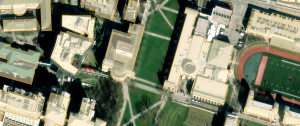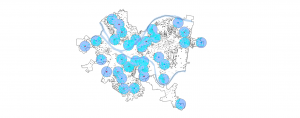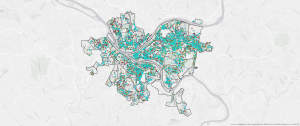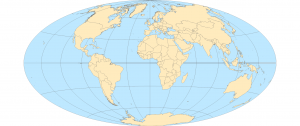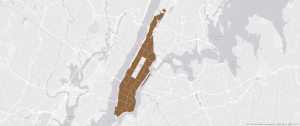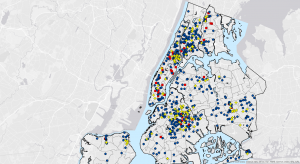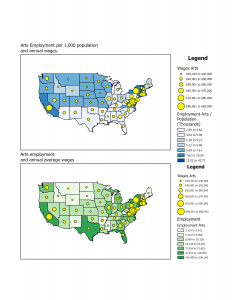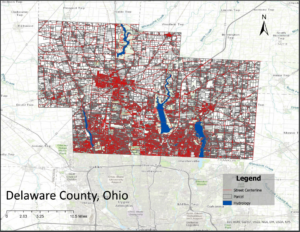After reading Chapters 1-3 here are my notes and major takeaways
Chapter 1: Is the brief intro to the book and explains some of the major things that you can do with GIS systems. It explains a little bit further as to what GIS is and its uses, both the niche and the most popular uses. This chapter tells us about the most common geographic analysis uses such as Mapping where things are, mapping the most and least, mapping density, finding what is inside of an area, finding what is nearby an area, and mapping change of areas over time. This chapter explains how to implement five crucial steps when performing an analysis, starting with “Framing the Question,” figuring out what you need in terms of the information you are using, and how that information will help your analysis. the second step is “Understanding your Data,” In order for your map to be useful you have to understand the data in which you are plotting out. The third step is “Choosing a Method,” this step is crucial in getting the information you need as there is often more ways than one to do obtain your specific information. So depending on if you need more precise results or if you are just looking for an over arching view of the data your method in which you get that data varies. After you have your data, the next step is “Process the Data,” which just means you run your data through GIS. After that you arrive to the last step which is “Look at the Results,” where your data will be displayed as a map, values in a table, or a chart. This chapter explains the differences in many different types of features and how to tell them apart whilst using the GIS program. One of the most important parts of this chapter is that it tells us to make sure our data is all in the same map projection and coordinate systems because if they are not your map will not be shown properly.
Chapter 2: This chapter talks a little bit more about the importance of having specific data and making sure that that specific data is put into the programs correctly. Having geographic coordinates is helpful because it allows for the GIS system to work rather quickly. However if you don’t have geographic coordinates you can use other forms of location info. So stuff like latitude and longitude lines are helpful additionally sometimes you can use street or road names as a form of locational information. It explains in detail the actual workings of making the map, including deciding which features are going to be included in your map. A question that I would have at this point is it keeps talking about layers and the way in which you program information on those layers, my question is what exactly are layers and how are you supposed to program those layers, I do feel like this will be answered once I start looking at the program but that is a question I have. This chapter also explains what exactly GIS does and how it creates the maps we use by marking the coordinates and connecting them to other coordinates to show the features of the map. Additionally it shows the importance of giving context of your maps when mapping subsets, because without context the subsets are not helpful to the overall map.
Chapter 3: This chapter explains the importance of mapping comparisons of the least and most parts of the data in which you present to the GIS system. This chapter talks about showing the densities of data as well, which show information in terms of how concentrated info is on the map. Density on maps is highly effective when you are summarizing data the has a vast variety of data points. Another thing this chapter talks about is ranks, putting ranks into your GIS map orders information from high to low or vice versa depending on what you are trying to map out. It explains how even when using ranks you do not really know where each rank should really fall as the ranking system is subjective to the person making the ma and the person reading it. Another topic this chapter discusses is classes and how it is optimal to use classes when the map is going to be used in the public eye as it allows for information to be set beside each other and contrasted easier than if the data was scattered. This is opposed to mapping individual values, which present more accurate values but is harder to actually gauge differences off of. However, mapping individual values allows you to search more for patterns in the raw data. Whereas in classes you are looking more for comparison between things, individual values help you find similarities.
